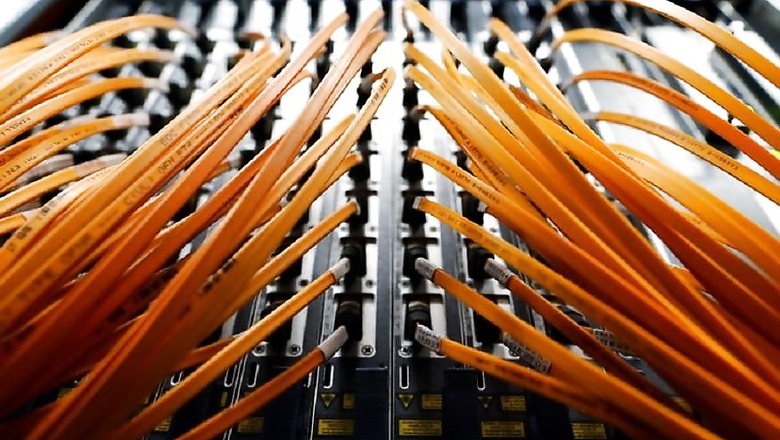
views
Communication in data centres in near future can become hassle-free as engineers are proposing to eliminate most of the wires and substitute infrared free-space optics for communications.
Though researchers from Pennsylvania State University tried radio frequency signalling, the beams became wide over short distances.
The Microsoft engineers found that radio-frequency signalling resulted in high interference, limited active links and limited throughput -- the amount of data that can go through a system.
"We use a free space optical link. It uses a very inexpensive lens, we get a very narrow infrared beam with zero interference and no limit to the number of connections with high throughput," said Mohsen Kavehrad from Pennsylvania State University.
The Free-space optical Inter-Rack nEtwork with high Flexibility -- or Firefly -- architecture is a joint project of Pennsylvania State University, Stony Brook University and Carnegie Mellon University.Also read: Phones Not Smart Enough to Make India a Knowledge Powerhouse: HP Inc
"It would use infrared lasers and receivers mounted on top of data centre racks to transmit information. The laser modules are rapidly reconfigurable to acquire a target on any rack," the study explained.
There is also minimal human interference that could break the laser beams.
According to Kavehrad, data centres may house 400,000 servers on racks filling a mile-long room.
For most of the time in data centres, about 30 percent of servers are offline. However, because they are still on, they continue to create heat and need cooling.
The study estimates that by 2020, data centres will use a total of 140 billion kilowatts of electricity per hour.
While fiber-optic cabling and energy expenditure for idle servers are problems, throughput is more critical.
"We need to avoid over-provisioning and supply sufficient capacity to do the interconnect with minimal switches. We would like to get rid of the fiber optics altogether," said Kavehrad in a paper presented at Photonics West 2017 in San Francisco.Also read: India Uniquely Positioned to Benefit From Cloud in 2017: Oracle




















Comments
0 comment